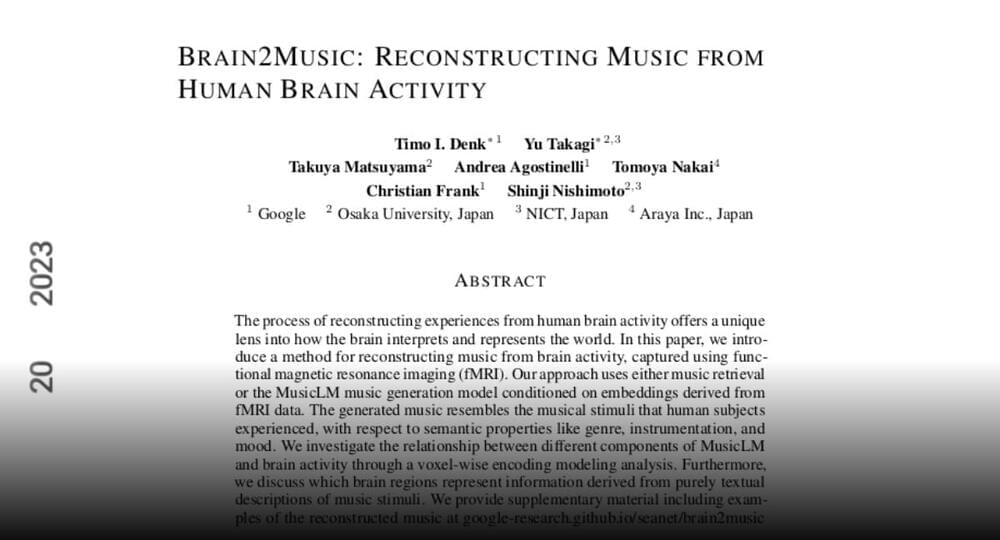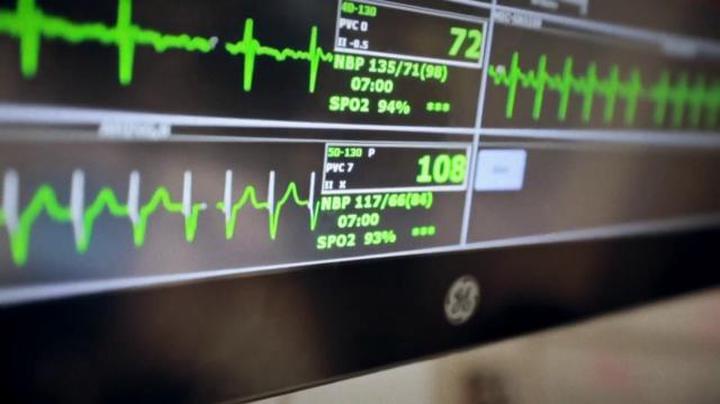Warren Buffett has hailed artificial intelligence as a potential game-changer, but warned it could be disruptive, divisive, and dangerous.
AI promises to replace workers and harness new types of knowledge, generating lots of value and giving people more leisure time, the famed investor and Berkshire Hathaway CEO has said in interviews and during shareholders meetings in recent years, according to CNBC’s Warren Buffett Archive.
However, the nascent technology could also cause massive upheaval if it causes huge numbers of job losses, and could do enormous damage to the world if it’s used for the wrong reasons, Buffett cautioned.









